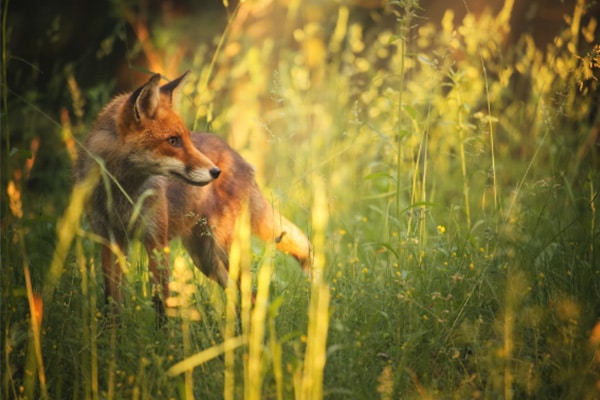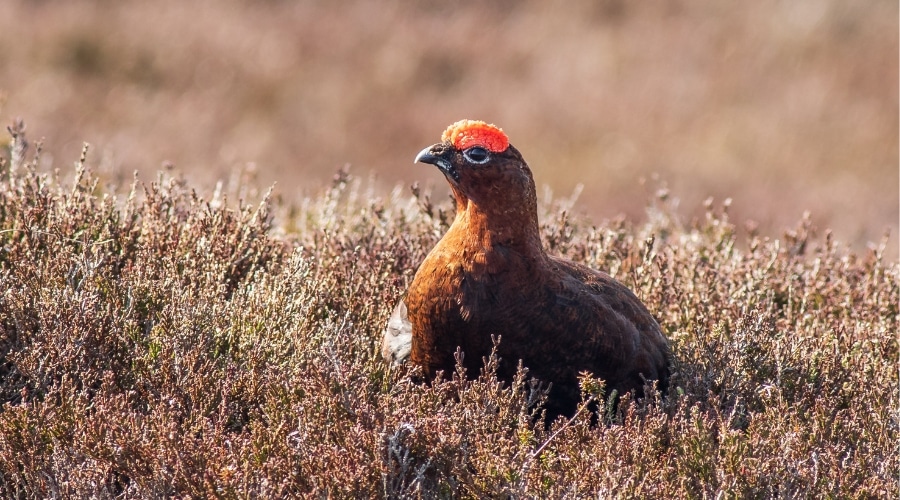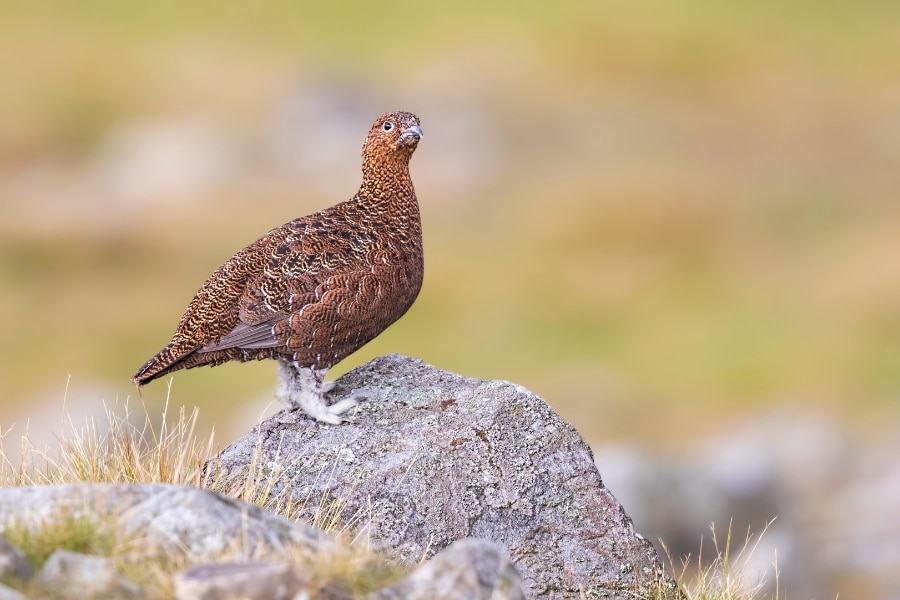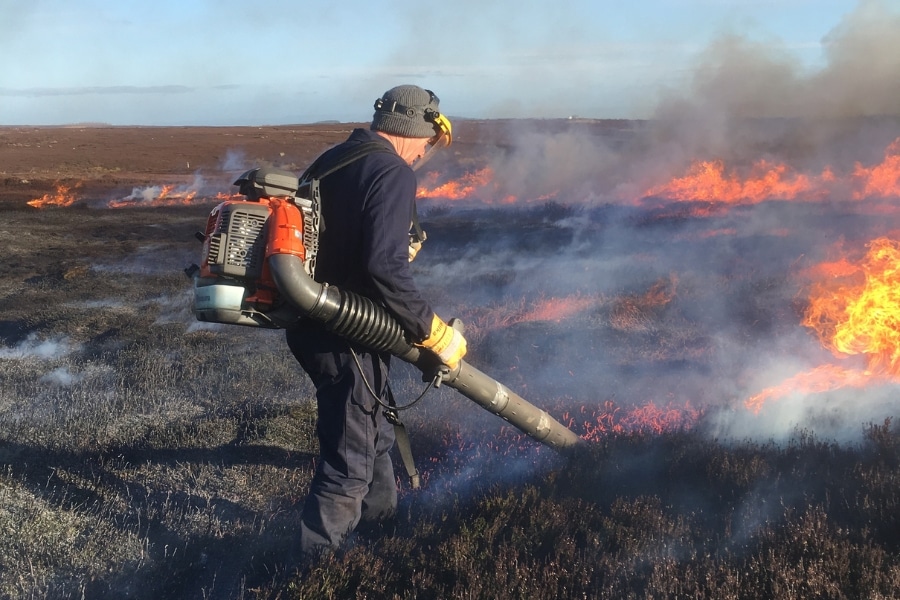
Hunting with Dogs (Scotland) Bill
BASC’s Dr Colin Shedden reflects on the implications for shooting of the recently published Hunting with Dogs (Scotland) Bill.
Get information on the legal shooting season for mammals and birds in the UK.
Apply for funding for your project or make a donation today
Comprehensive information and advice from our specialist firearms team.
Everything you need to know about shotgun, rifle and airgun ammunition.
Find our up-to-date information, advice and links to government resources.
Everything you need to know on firearms law and licensing.
All the latest news and advice on general licences and how they affect you.

Scotland’s Rural Affairs and Islands Committee has issued a ‘call for views’ on the Wildlife Management and Muirburn (Scotland) Bill. BASC has raised significant concerns with the Bill, which was published on 22 March 2023. .
The Wildlife Management and Muirburn (Scotland) Bill aims to alter legislation around how people can capture and kill certain wild birds (red grouse) and proposes changes around the making of muirburn (the controlled burning of heather and other plants for land management purposes).
The Bill has two distinct parts. Part one makes a number of provisions in relation wildlife management. This includes a ban on the use and purchase of glue traps, the establishment of a licensing system for the use of certain wildlife traps and creates a licensing system for land on which specific birds may be killed or taken.
Part two of the Bill regulates the making of muirburn by extending its licensing system. It now requires a muirburn licence at all times of the year and on any land on which muirburn is to be made.
It is vital that you respond to this ‘call for views’ survey, as this will shape the decision-making of MSPs on the Rural Affairs and Islands Committee, when it comes to scrutinising the Bill at Stages 1 and 2.
The survey closes on 5 May, you’ll find a link to respond at the bottom of this page.
Q1. Do you agree with the proposed ban on the use, possession and purchase of glue traps (sections 1-3)?
Answer: Complete as you wish.
Wildlife traps
Q2. Do you agree there is a need for additional regulation of the use of certain wildlife traps?
Answer: No.
Additional points to include:
Q3. Do you agree with the proposed licensing system for the use of certain wildlife traps (sections 4-5)?
Answer: No.
Additional points to include:

Licensing scheme for land used to shoot red grouse
Q4. Do you agree there is a need for additional regulation of land to be used to shoot red grouse?
Answer: No.
Additional points to include:
Q5. Do you agree with the proposed licensing system for land to be used to shoot red grouse (sections 6-7)?
Answer: No.
Additional points to include:

Additional powers to investigate wildlife crime
Q6. Do you agree with the proposal to give the Scottish SPCA additional powers to investigate wildlife crime (section 8)?
Answer: No.
Additional points to include:
Licensing scheme for muirburn
Q7. Do you agree there is a need for additional regulation for muirburn?
Answer: No.
Additional points to include:
Q8. Do you agree with the proposed licensing system for muirburn (sections 9-19)?
Answer: No.
Additional points to include:

BASC’s Dr Colin Shedden reflects on the implications for shooting of the recently published Hunting with Dogs (Scotland) Bill.

A Scottish government committee has u-turned on its decision to exclude responses from outside Scotland after intervention from BASC.

BASC chief executive Ian Bell met with Environment Secretary Steve Barclay MP recently to discuss the issues facing shooting.
Sign up to our weekly newsletter and get all the latest updates straight to your inbox.
© 2025 British Association for Shooting and Conservation. Registered Office: Marford Mill, Rossett, Wrexham, LL12 0HL – Registered Society No: 28488R. BASC is a trading name of the British Association for Shooting and Conservation Limited which is authorised and regulated by the Financial Conduct Authority (FCA) under firm reference number 311937.
BASC Direct Ltd is an Introducer Appointed Representative of Agria Pet Insurance Ltd who administer the insurance and is authorised and regulated by the Financial Conduct Authority, Financial Services Register Number 496160. Agria Pet Insurance is registered and incorporated in England and Wales with registered number 04258783. Registered office: First Floor, Blue Leanie, Walton Street, Aylesbury, Buckinghamshire, HP21 7QW. Agria insurance policies are underwritten by Agria Försäkring.
If you have any questions or complaints about your BASC membership insurance cover, please email us. More information about resolving complaints can be found on the FCA website or on the EU ODR platform.